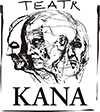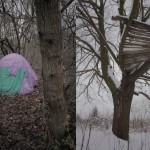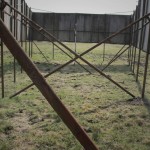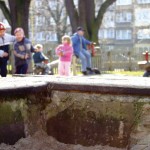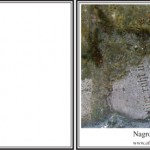PAWEŁ KULA
A city does not take the final form. Living a city life, one can observe spaces that have lost their original function and drift through the meanings assigned to them by ephemeral users. These fluctuations of meanings, often distant from the assumed ones, are a fascinating trace of a man living in urban hybrids. An organism of a city is a place of constant competition, but also of a harmonious coexistence of various forms of life. A city is a symbiosis of alternative models of the existence, and at the same time a space of genuine conflict. Foil huts of urban nomads – and houses protected by surveillance cameras. Improvised metal waste collection centres exploding with a sudden flame of burning wires – and family barbecues on Sunday. Swimming pools overgrown with reeds, forest animals stopping traffic at intersections, and symphonies played by chimneys of abandoned factories reverberating with endless echoes. Monitored school, informal playgrounds, and gated communities offer practices with various models of reality. Such practices construct our understanding of the world, yet sometimes they emanate an aura of discreet violence. All these stories manifest in one urban body at the same time and sometimes one can see them.
Pawel Kula
WALLS AND SANDPITS – KAROLINA FREINO
It’s a project addressing the problem of utilizing German and Jewish headstones as building material in post-war Szczecin. The headstones were commonly used in construction of walls, sandpits, dustbin compartments and boardwalks all over the city.
Realisation of the project developed parallel paths on documentary and artistic level. The documentary part was based on close cooperation with users of the forum at sedina.pl portal (Portal for Old Szczecin Aficionados). With their support, we managed to find 40 locations featuring gravestone elements as construction material [>>>]. Collected photographic documentation of these locations was submitted with a letter to City Conservation Office asking for official standpoint on the matter.
Artistic intervention was realized in a public sphere of printed media. For a month, four major newspapers of the Szczecin area (Gazeta Wyborcza, Głos Szczeciński, Kurier and Moje Miasto) featured regular obituaries with a fragment of deciphered gravestone inscription with Polish translation and a photograph of the gravestone with description of its location.
